How Framestore crammed 50 years of Doctor Who into one minute
Framestore's Oliver Bersey explains how he used clever VFX to create the trailer for Doctor Who's 50th anniversary.
Our studio was approached by Red Bee Media and director Matt Losasso to collaborate on a fantastic journey through time to celebrate the 50th anniversary of Doctor Who. This is one of those jobs that comes along that you instantly know is big, a key part of a major anniversary of one of the most important parts of British television heritage. I led the Framestore team and as the VFX supervisor, I was in charge of recreating all the Doctors in their former glory, capturing them in a frozen moment of time.
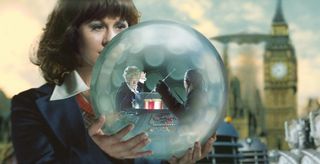
Here are the main production points in The Day of the Doctor.
01. We recreated the Doctors using stills
Essentially the approach was to shoot with doubles and do a conventional 2D head replacement. Being frozen in time was to our advantage here because it enabled us to work with stills. William Hartnell was always going to be the hardest Doctor to recreate and therefore the most important. The director selected a hero still, from which the shot was lit and framed, and we set about recreating it in colour using Photoshop to a very high resolution, using stills of the double. From this, we continued the composite in Flame.
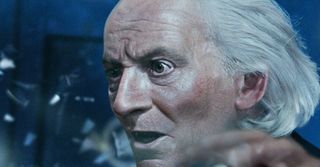
We were able to fill the shot with lots of artefacts from the series, along with some general debris to give it some depth. Some of this was sourced from stills, some shot-turntable elements, and some basic 3D models created on board Flame.
02. We had to stabilise the camera in order to open up a whole new world
What looked slow, beautiful and graceful on a shoot suffered a little when it was sped up ten times for the edit. We had some wobbly camera moves that needed a bit of attention, so we set about recreating those by deconstructing the shot into (a lot of) stills. We tracked the camera, smoothed it out, and then put all the bits back together again.
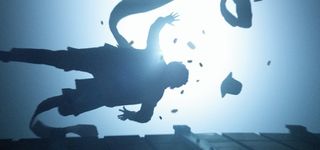
Once we had adopted this approach we were then able to go to town with the environments, and even entirely reinvent one shot. Recreating the shots opened up a new world of possibilities and we were able to recreate the original photographic qualities through lighting, depth, focus and so on.
03. We found integrating the 2D elements in a 3D environment challenging
Going down this route gave us a lovely fluid flow, but presented a bit of a challenge to stop things looking too flat and 2D in the 3D environment. We decided early on to shoot everything on long lenses to reduce the amount of parallax shift in each shot, but we still had to add subtle 2D manipulations to pull off the 3D illusion, particularly as things passed camera.
Get the Creative Bloq Newsletter
Daily design news, reviews, how-tos and more, as picked by the editors.
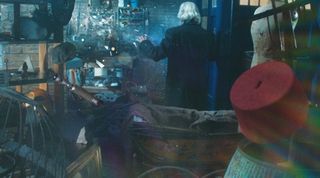
There was some strategic placing of items to maximise their plausibility in the scene. Given that everything adhered to the correct camera move, packing many elements in and maintaining the lighting and depth of field helped to make it feel believable.
A hit with Doctor Who fans
Looking back on the project, we are really pleased with how it turned out. We could perhaps have achieved a more technically perfect result with motion control, but it would have been a very different spot because we would never have opened up the whole shot reconstruction technique. We had multiple layers of approval to go through, and our ability to adapt and reshape scenes became very important, and ultimately the making of the piece.
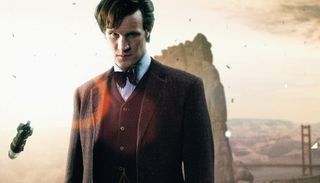
Its reception has been phenomenal - not just creatively, but also on an unexpected Whovian level. We were warned that the fans would go through this sequence frame by frame, but we couldn't have anticipated the number of web pages podcasts and unique interpretations dedicated to it, not forgetting of course over three million YouTube hits. It has been brilliant to be a part of it.
Words: Oliver Bersey
Oliver has worked at Framestore for 18 years, working with Smoke and Flame. This article originally appeared in 3D World issue 178.

Thank you for reading 5 articles this month* Join now for unlimited access
Enjoy your first month for just £1 / $1 / €1
*Read 5 free articles per month without a subscription

Join now for unlimited access
Try first month for just £1 / $1 / €1
The Creative Bloq team is made up of a group of design fans, and has changed and evolved since Creative Bloq began back in 2012. The current website team consists of eight full-time members of staff: Editor Georgia Coggan, Deputy Editor Rosie Hilder, Ecommerce Editor Beren Neale, Senior News Editor Daniel Piper, Editor, Digital Art and 3D Ian Dean, Tech Reviews Editor Erlingur Einarsson and Ecommerce Writer Beth Nicholls and Staff Writer Natalie Fear, as well as a roster of freelancers from around the world. The 3D World and ImagineFX magazine teams also pitch in, ensuring that content from 3D World and ImagineFX is represented on Creative Bloq.
